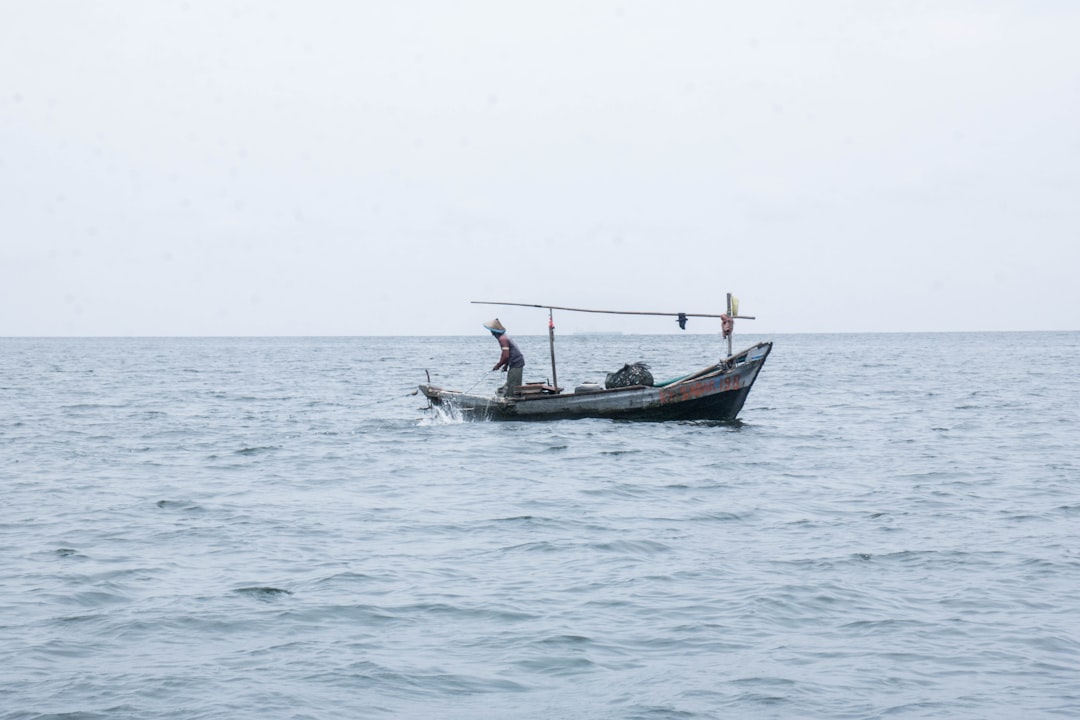What is it about?
When populations are are below a critical threshold, they often diminish in size due to what is called an Allee effect because individuals are less able to cooperate in small populations. For this reason, dispersal can endanger small populations by spreading individuals out so that their density on the landscape is low. Thus, populations of individuals that disperse widely must be founded by a minimum number of individuals to ensure population persistence. This is the minimum founding population.
Featured Image
Why is it important?
Allee effects are important determinants of the success of biological control, when predators, parasitoids, pathogens or herbivores are introduced to control pest species. They are also important when reintroducing desirable species that may suffer lower reproductive success at low densities. In both cases, the organism in question likely disperses and so the idea of a minimum founding population size is more useful than the Allee effect concept on its own.
Perspectives
This work is interesting from an invasion ecology perspective because we were able analytically solve a nonlinear integrodifference equation featuring an Allee effect in two spatial dimensions.
Dr Devin W Goodsman
Los Alamos National Laboratory
Read the Original
This page is a summary of: The minimum founding population in dispersing organisms subject to strong Allee effects, Methods in Ecology and Evolution, June 2016, Wiley,
DOI: 10.1111/2041-210x.12573.
You can read the full text:
Contributors
The following have contributed to this page










